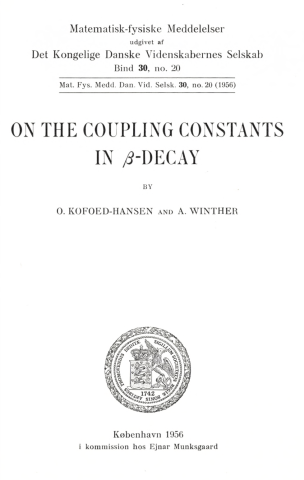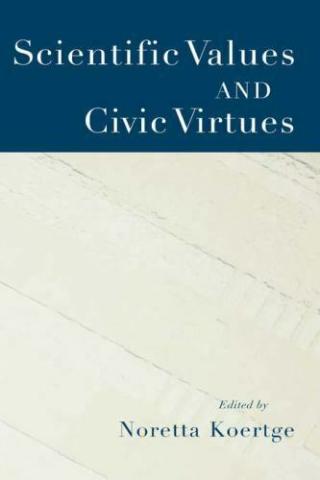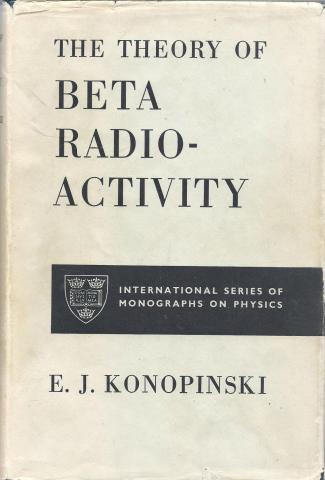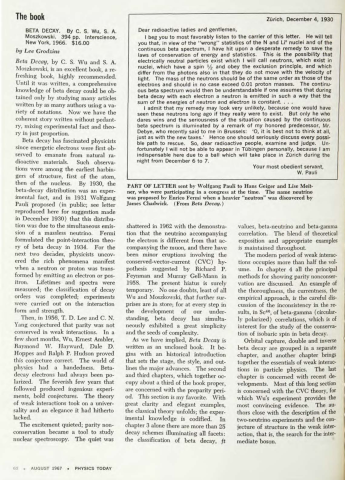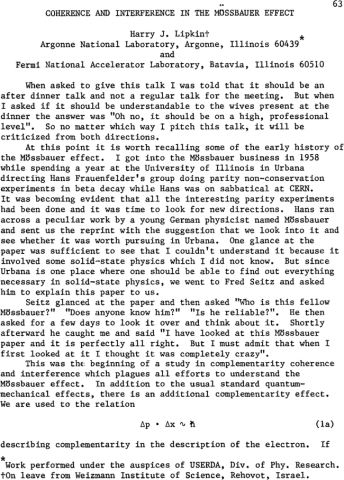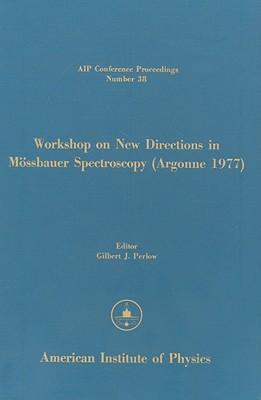Author(s)
M. Fierz and V. F. Weisskopf, editors
Publisher
Interscience Publishers
Citation
Theoretical physics in the twentieth century: A memorial volume to Wolfgang Pauli. Fierz, M. & Weisskopf, V. F. Interscience Publishers, New York-London, 1960.
Comment(s)
Wu's chapter "The Neutrino," summarizing the history of classical recoil experiments, is cited here.
Abstract
This volume is a beautiful memorial to Wolfgang Pauli and a reminder of the fragility of human fate. As the editors relate, several years ago a volume was planned to celebrate the sixtieth birthday of Pauli; the aim was to summarize the progress in those topics of physics which were near to Pauli's heart, and to discuss Pauli's influence on the development of physics during the 1930's. However, what started as a celebration turned into a memorial with Pauli's untimely death. This change in the course of events makes it understandable that the only contributions which deal with Pauli himself are a brief preface by Niels Bohr and a bibliography of Pauli's papers by C. P. Ens, since no epitaph can be written for a living person. — Nandor L. Balazs, Princeton University
Excerpt(s)
"Man soil keine Irrlehren verbreiten" was one of Pauli's favorite remarks and most contributions were written in this spirit. R. Kronig, W. Heisenberg. and B. L. van der Waerden deal with the early history of quantum mechanics and the exclusion principle. The articles which deal with physics itself fall in several classes. G. Wentzel gives an account of quantum field theories until 1947; the elimination of divergences from quantum field theory is discussed by F. Villars; R. Jost's article is a magnificent exposition of the relation between the exclusion principle and the Lorentz group; the theoretical and experimental developments concerning the neutrino and the nonconservation of parity is the object of C. S. Wu's note; L. Landau contributes a terse discussion on the fundamental problems one encounters in field theories with strong interactions. (There is a remark by Landau on page 246 which could reflect not only his but Pauli's attitude as well: "The brevity of life does not allow us the luxury of spending time on problems which lead to no new results.") H. B. G. Casimir and R. E. Peierls each contribute on solid-state physics. V. Bargmann describes Pauli's work in relativity, omitting, however, one of Pauli's basic contributions to unified field theories, to wit, his brief remark: "What God hath put asunder no man shall join."
